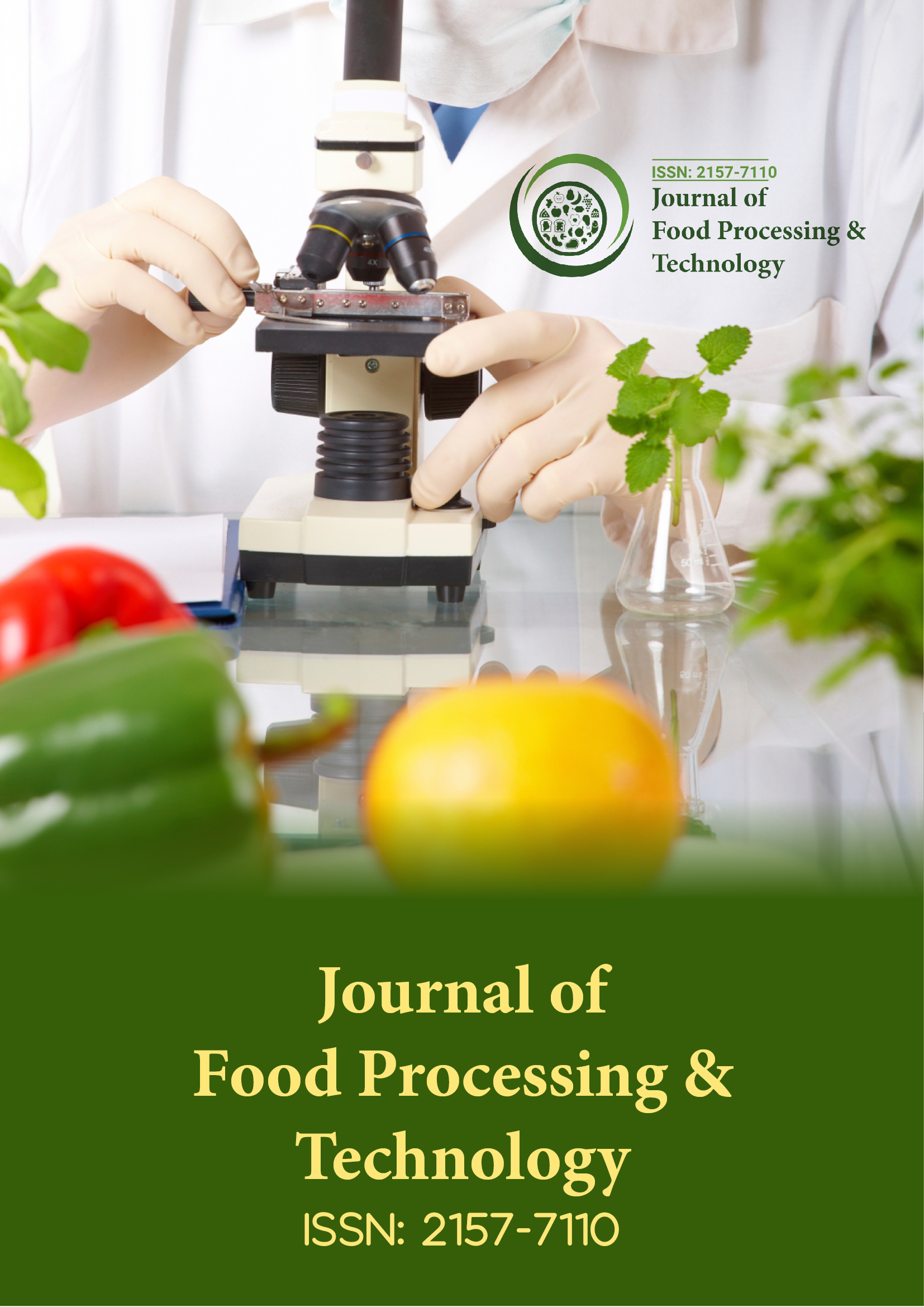索引于
- Genamics 期刊搜索
- 学术钥匙
- 期刊目录
- 中国知网(CNKI)
- 访问全球在线农业研究 (AGORA)
- 国际农业与生物科学中心 (CABI)
- 参考搜索
- 研究期刊索引目录 (DRJI)
- 哈姆达大学
- 亚利桑那州EBSCO
- OCLC-WorldCat
- 学者指导
- SWB 在线目录
- 普布隆斯
- 欧洲酒吧
- 谷歌学术
分享此页面
期刊传单

抽象的
添加一些水胶体和甜味剂对木瓜-杏子果汁混合物流动行为和感官特性的影响
Sharoba AM、El-Desouky AI 和 Mahmoud MH
在本研究中,使用旋转粘度计评估了几种食品水胶体(瓜尔胶、黄原胶和阿拉伯胶)和甜味剂(阿斯巴甜和甜菊苷)的流变特性(水胶体和甜味剂分别为 0.5% 和 1.2g/L),水胶体和甜味剂的浓度是根据初步感官评价来选择的。在四个温度下测量了花蜜样品的流变特性(5、25、50 和 75°C)。花蜜的流动行为被描述为非牛顿(具有屈服应力的假塑性)。假塑性由于水胶体的加入而增加,而由于甜味剂的加入而降低。Herschel-Bulkley 和 Bingham 流变模型用于描述木瓜 - 杏子花蜜样品的流动行为。与对照蜜蜜样品相比,添加阿斯巴甜和甜菊糖苷可降低蜜蜜样品的粘度。含有水胶体的蜜蜜样品具有更高且最佳的感官和流变特性。含有瓜尔胶、黄原胶或阿拉伯胶的木瓜杏蜜在总体可接受性方面得分较高。
免责声明: 此摘要通过人工智能工具翻译,尚未经过审核或验证